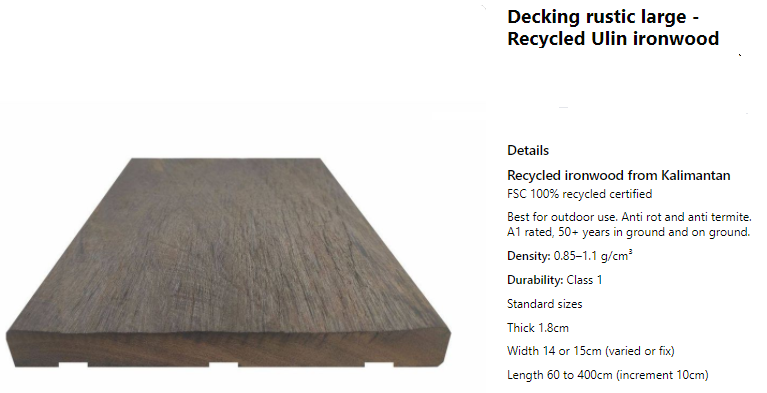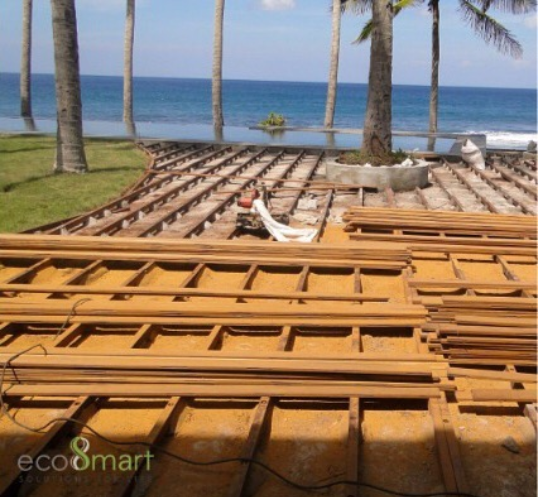When building a wood decking, builders need to pay attention to the spacing between each joist to guarantee long-lasting performance, but what exactly is the right leads to a strong deck frame?
It can be tempting to install decking on largely spaced joists to save costs, but unless you purchase a low quality timber you know will need replacement in a few years, please consider to follow guidelines that will ensure decking longevity as well as for your safety and others.
What are deck joists?
To put it simply, they are an essential part of your decking foundations. They can be installed to support either a floor, deck or ceiling. We call joists all the small timbers or metal beams ranging parallel from wall to wall in a structure.
What will determine your joists spacing?
You or your decking installer will need to answer a few questions:
● What is the hardness? Each type of wood is rated according to a hardness scale which will inform you about the ability of a wood species to withstand denting and wear. With a density of 0.850 to more than 1.100 kg/m3 Kaltimber’s ironwood is one of the best hardwood to install.
Ironwood Decking Specifications
● Is the use going to be residential or commercial? The spacing requirements are going to be different whether the application will be personal or not as the pressure on the wood will change according to what will be installed on the decking, how many people will stand per square meter, etc. Overall, standards go for 16 inches between the center of adjacent joist boards for residential use, and 12 inches for commercial installations.
● What will be the decking design? Architects can be very creative when it comes to designing the perfect outdoor patio. However, it will come with its challenges as the way boards are arranged and the shape of the entire design will mean that a closer attention will have to be taken to the joist spacing.
Ironwood Decking Joist Installation by Bali Partner Ecosmart Hub
From frame structure to joist tape, follow the steps.
Decking installation can seem easy, but we recommend to use a professional installer to make sure that your deck frame is structurally sound, all joists are level and in plane, consistent in size, spaced correctly and maybe even secured with joist tape.


